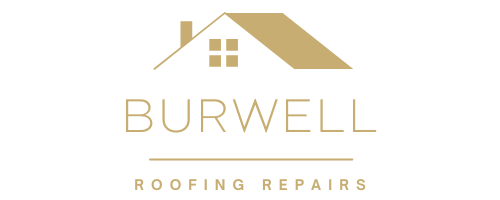Storms can wreak havoc on your home, and your roof is often the first line of defence against the elements. However, even the sturdiest roofs can suffer damage during a severe storm. Whether it’s high winds, heavy rain, or hail, the aftermath of a storm requires immediate attention to prevent further damage to your property. At Burwell Roofing Repairs, we understand the importance of acting quickly to assess and repair storm damage. Here’s a guide to the essential roof repairs you may need after a storm, especially in Burwell, Cambridgeshire.
1. Inspect for Missing or Damaged Tiles/Slates
One of the most common types of storm damage is missing or damaged tiles or slates. High winds can lift tiles off your roof, leaving your home vulnerable to leaks. Even if tiles remain in place, they can crack or become loose, compromising your roof’s integrity.
- What to Do: After a storm, carefully inspect your roof from the ground or use binoculars to check for missing or damaged tiles. If you notice any issues, it’s crucial to have them replaced or repaired immediately to prevent water from penetrating your roof.
2. Check for Leaks and Water Stains
Water leaks are a major concern after a storm, especially if your roof has suffered damage. Leaks may not always be immediately visible, so it’s important to check for signs of water infiltration, such as water stains on ceilings or walls.
- What to Do: Inspect your attic or upper rooms for any signs of moisture, such as damp patches or discolouration. If you find evidence of a leak, contact a professional roofer to assess the extent of the damage and carry out necessary repairs.
3. Assess the Condition of Flashing
Flashing is the material used to seal joints and prevent water from seeping into your roof around chimneys, vents, and skylights. Storms can loosen or damage flashing, leading to leaks.
- What to Do: Inspect the flashing around roof penetrations for any signs of damage or looseness. Damaged flashing should be repaired or replaced promptly to maintain a watertight seal and protect your roof from water damage.
4. Clear Debris from Gutters and Downspouts
Storms often leave behind debris such as leaves, branches, and dirt, which can clog gutters and downspouts. Blocked gutters can cause water to overflow, leading to roof and foundation damage.
- What to Do: After a storm, clear any debris from your gutters and downspouts to ensure proper drainage. This will help prevent water from backing up under your roof’s edge and causing leaks.
5. Inspect for Roof Punctures and Holes
Hail, falling branches, and other debris can puncture your roof during a storm, creating holes that allow water to enter your home. Even small punctures can lead to significant damage if not addressed promptly.
- What to Do: Look for any visible punctures or holes in your roof’s surface. If you find any, cover them temporarily with a tarp to prevent further water infiltration and contact a roofing professional to repair the damage.
6. Evaluate the Roof’s Structural Integrity
Severe storms can weaken the structural integrity of your roof, especially if it’s already old or in poor condition. Signs of structural damage include sagging rooflines, cracks in the walls, or doors and windows that no longer close properly.
- What to Do: If you notice any signs of structural damage, it’s essential to have your roof inspected by a professional immediately. Structural issues can compromise the safety of your home and require urgent repairs.
7. Look for Signs of Mould or Mildew
If water has entered your home through a damaged roof, it can create the perfect environment for mould and mildew to grow. Mould can cause health problems and further damage your property if not addressed.
- What to Do: Check your attic, ceilings, and walls for any signs of mould or mildew, such as black spots or a musty smell. If you suspect mould growth, consult a professional to remediate the issue and repair the source of the moisture.
Conclusion
After a storm, it’s essential to act quickly to assess and repair any damage to your roof. Delaying repairs can lead to more significant issues, including water damage, mould growth, and structural problems. At Burwell Roofing Repairs, we offer professional storm damage assessments and repairs to ensure your roof remains in top condition.
If your roof has been affected by a recent storm in Burwell, Cambridgeshire, don’t wait for the problem to worsen. Contact Burwell Roofing Repairs today for a thorough inspection and expert repairs. Let us help you protect your home and restore your roof to its full strength.
Call us on: 01638 599 990
Click here to find out more about Burwell Roofing Repairs
Click here to complete our contact form and see how we can help with your roof.

